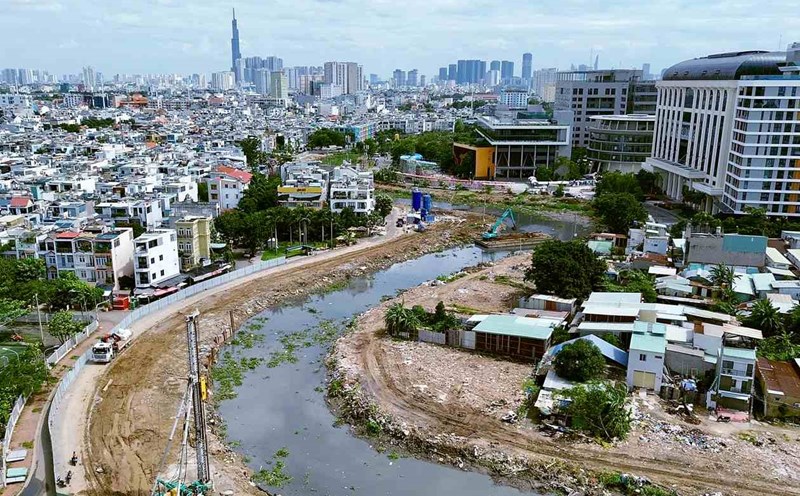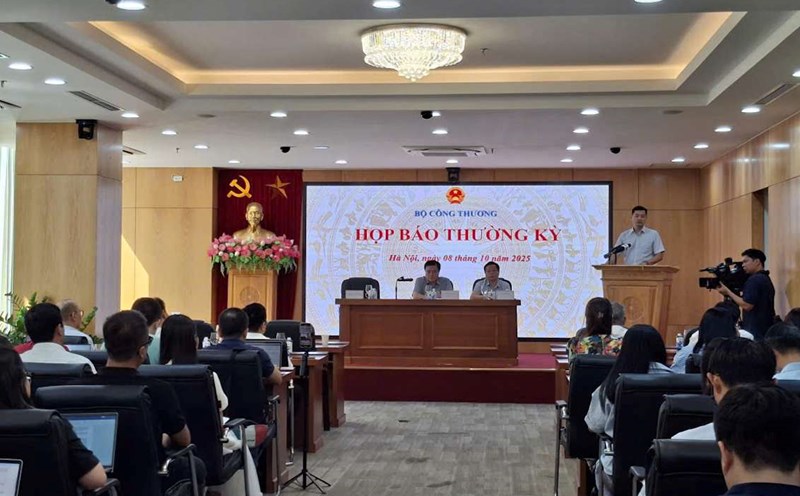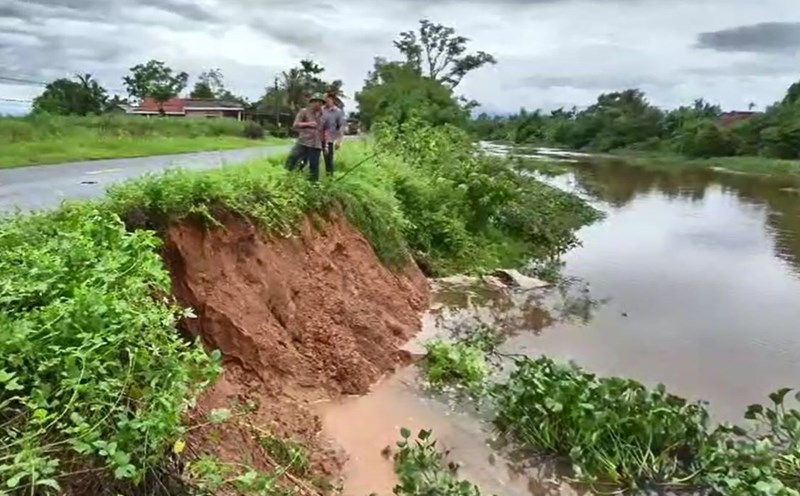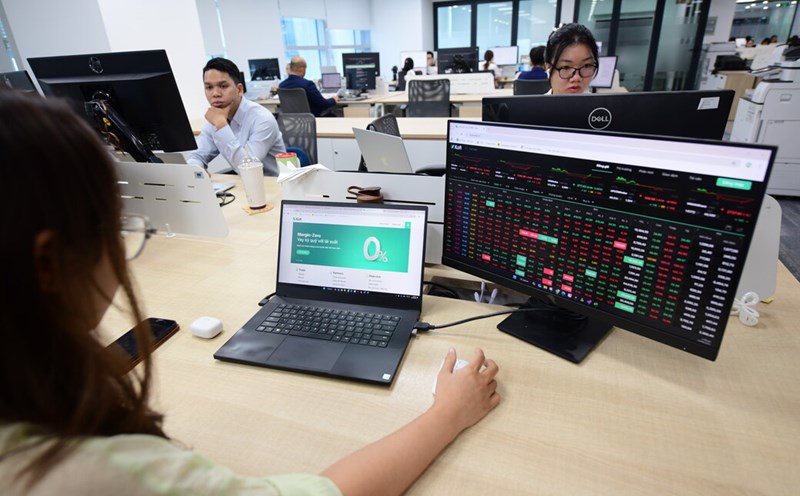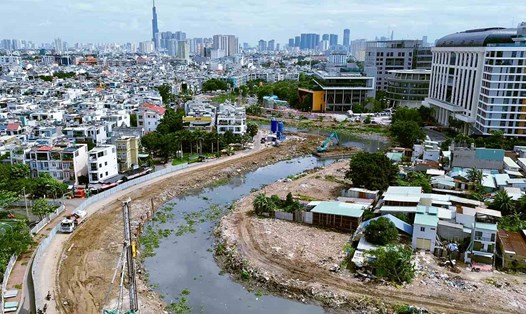On the afternoon of October 8, the Ho Chi Minh City Party Committee held a press conference to inform about the 1st Ho Chi Minh City Party Congress, term 2025 - 2030.
According to the plan, the congress will take place from October 13 to 15, with 550 delegates attending, including 110 natural delegates and 440 appointed delegates.
According to the draft congress documents, Ho Chi Minh City will mobilize and effectively promote all social resources, especially resources among the people, according to the principle of prioritizing the allocation of public investment capital effectively to play a leading role in leading investment; at the same time, strongly attracting private capital, foreign investment capital and international organizations under the public-private partnership (PPP) method.
The goal is to quickly complete the infrastructure system of functional regions and development drivers, including:
East - West corridor: serving seaports, airports and international trade, connecting from Thu Thiem to Long Thanh and Vung Tau.
North - South corridor: focusing on creative production, logistics, connecting Thu Duc with Di An, Ben Cat, Bau Bang.
Saigon Riverside Corridor: developing tourism, ecology and urban areas along the river, from Dau Tieng Lake to Dong Nai River.
Coastal corridor: forming a logistics - tourism - seaport development chain from Can Gio coastal urban area to Ho Tram - Binh Chau.
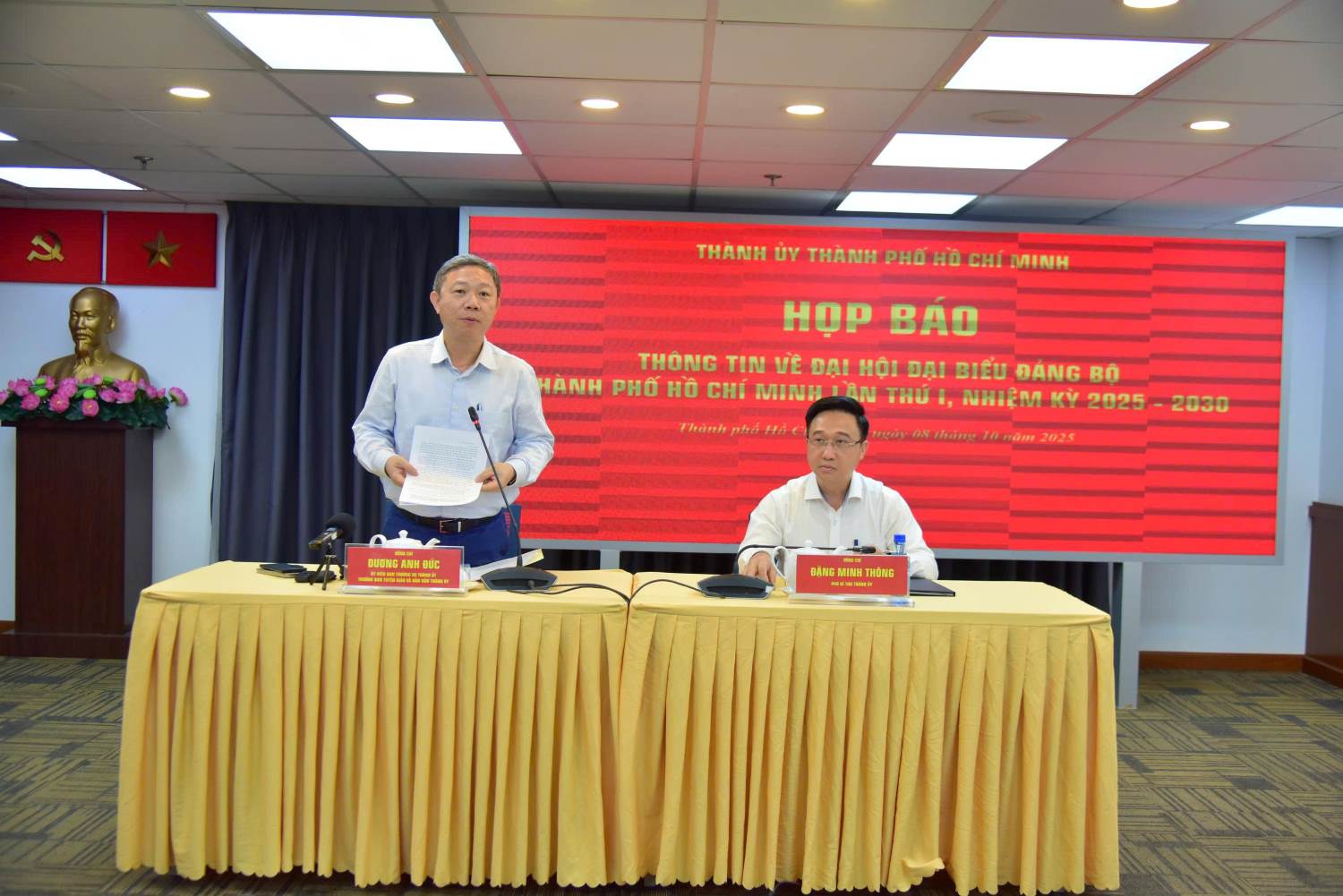
Ho Chi Minh City will prioritize the development of an integrated and smart transport network, connecting regions - inter-regions, including urban railway systems, inter-regional specialized railways and expressways connecting urban centers, industry, seaports, airports and financial centers.
The city aims to speed up investment progress, upgrade, expand and put into operation key traffic routes such as Ring Road 2, Ring Road 3, Ring Road 4.
These three belt routes are more than 360 km long, and when completed, they will close the network around the city, reduce inner-city congestion and strengthen regional linkages.
Ho Chi Minh City also accelerates investment in completing the Ben Luc - Long Thanh expressway, about 57.1 km long, with a total capital of more than VND 29,500 billion; Ho Chi Minh City - Moc Bai (Tay Ninh) expressway, nearly 51 km long, with a total investment of more than VND 19,600 billion; Ho Chi Minh City - Thu Dau Mot - Chon Thanh expressway, about 57 km long, with a total capital of nearly VND 20,000 billion; Long Thanh - Ho Tram expressway, about 42 km long, with a total capital of more than VND 20,000 billion.
At the same time, a freight railway axis will be formed connecting Cai Mep - Thi Vai port with Binh Duong industrial park.
The Bau Bang - Cai Mep railway line has a total length of 127km, a total investment of nearly VND153,000 billion, a speed of 160km/h for passenger ships and 120km/h for cargo ships. This route is expected to directly connect the old industrial parks of Binh Duong and Dong Nai with the Cai Mep - Thi Vai deep-water port cluster, creating advantages in shipping.
The city will also invest in coastal roads and waterway transportation systems to meet the needs of freight, passenger transport and tourism.
In addition to transport infrastructure, Ho Chi Minh City aims to complete the Thu Thiem New Urban Area before 2030, start phase 2 of Phu My Hung Urban Area, speed up the progress of Can Gio Sea Urban Area and deploy the Long Hai - Phuoc Hai - Ho Tram - Phu My sea urban axis.
The city will develop a smart urban chain connecting the center of Ho Chi Minh City - Di An - Thuan An - Thu Dau Mot - Ben Cat - Phu My, along with the Phu My service urban axis - Long Thanh international airport.
New urban areas around Ring Road and Expressway intersections will be planned according to the urban development model associated with public transport (TOD), creating a modern, convenient living space and meeting international standards.

